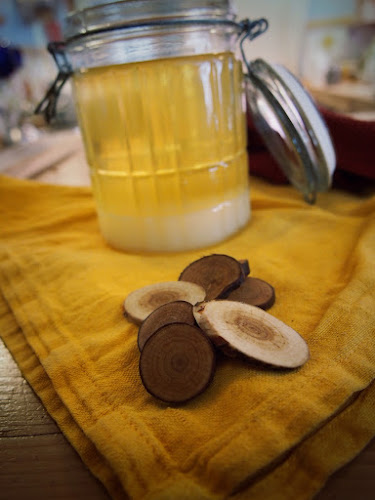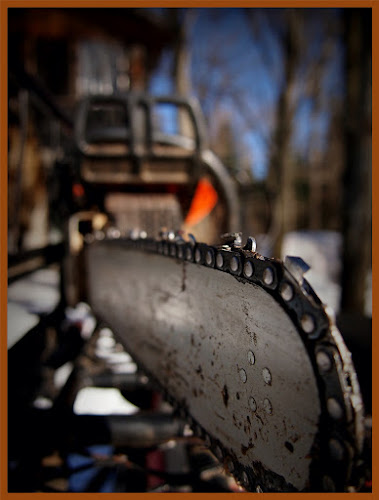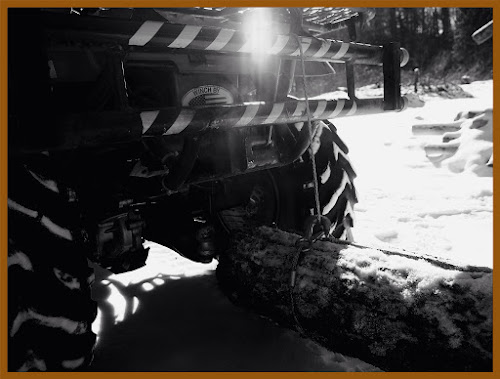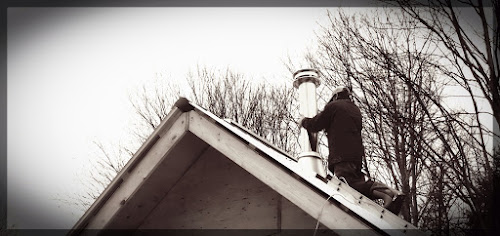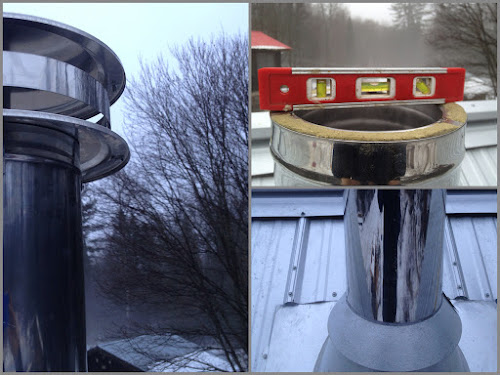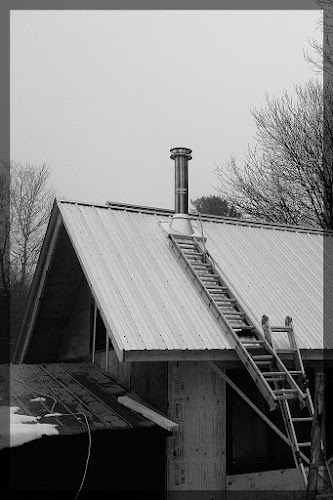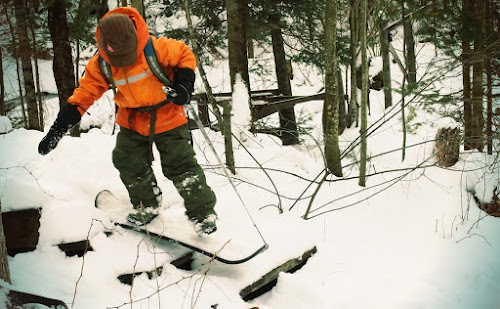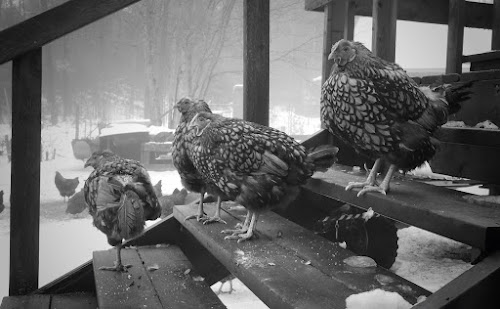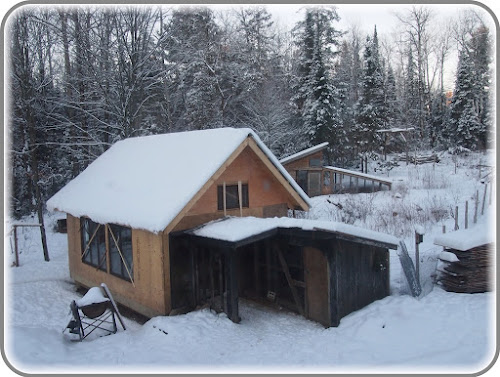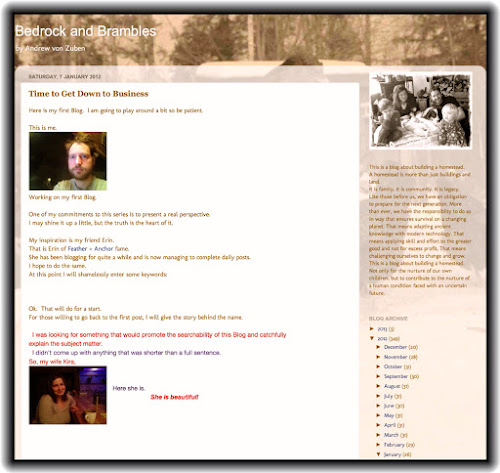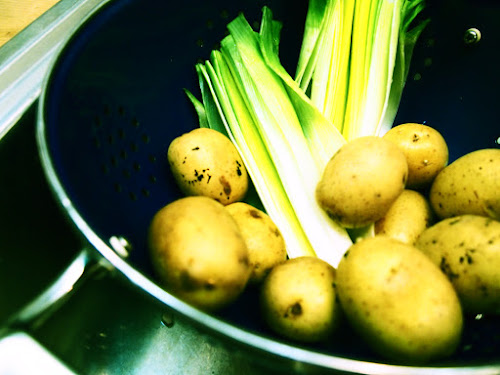Hot logging is a forestry term for taking logs straight from the stump to the truck.
In these parts, the colloquial meaning is a little different.
Sometimes you may not get your firewood ready for Winter.
Or maybe there's not enough to make it all the way through the burning season.
So you need to head into the forest to get some fuelwood.
The problem is that Winter can be a challenging time for bringing firewood in,
depending on the amount of snow and the equipment available.
So when you say you're going hot loggin',
it means you're out of wood and will be getting some more the hard way.
I found out this year that our tractor doesn't do well in a bit of snow.
It works fine for clearing snow, but our woodlot is too hilly to get good traction.
recommended using an ATV for getting the wood in.
I didn't think our old machine would do the job, but I remembered a old trick for off-road traction and thought it was worth a try.
You simply remove the air pressure from the tires which creates a big soggy footprint in the snow.
It worked great for me.
Winches are most often on the front of an ATV,
which is fine as long as you can carry on going forward when stuck.
A winch at the rear is a better plan because it can drag you back out of a muddy hole.
In this case, the winch is pulling out and dragging logs to be brought to the house.
Without keeping my hopes up, I chose a big log first.
That way I would get a good idea of the limitations.
To my surprise, the ATV was up to the task.
The snowy ground made for easy skidding and the cold air helped the tire traction.
(It was about -15C today.)
An ATV can be a very efficient and effective piece of equipment.
They are usually very reliable and most models are built to last.
Their engines are small and efficient, yet powerful coupled with a low gear transmission.
ATVs also tend to be expensive so buying one isn't always practical.
Ours was a hand-me-down that took some work to bring it back into service.
At the moment, there is not too much snow in the bush.
If it gets deep, this rigging may not work.
For the meantime, however, it will get the wood in without much trouble.
We also have a snowmobile on deck, ready to be put into service should the need arise.
I built a logging arch on skies for hauling logs.
The last time I tried it, the snowmobile lost traction.
Mind you, the log was quite large, so it might be worth trying again with a more modest piece of tree.
I know that it all sounds fun.
And it can be.
But there is also a lot of getting stuck, or parts breaking,
and sweating, and cursing, and sore muscles at the end of the day.
In case you're wondering whether or not it's all worth it,
wood stores a great deal of heat.
The gasoline that goes through the chainsaw, the ATV, and even the snowmobile, would not even come close to heating the house.
Today it took roughly 50,000 BTUs of gasoline to bring in
about 10,000,000 BTUs of wood.
Of course, a wood fire is much more comforting than a gasoline fire.
In the long term, I would like to eliminate our need for gasoline altogether.
For fuelwood, it would mean harvesting wood closer to the home, and choosing small diameter trees and branches instead of the large trees we take now.
It would also mean having more time available for collecting.
We plan on living in a cabin once the kids have left home which will reduce the amount of wood we'll need.
At this point, I'm doing well to keep us warm.
We do have electric baseboard heaters, but they are set to come on only if the temperature goes below 10C in the house.(Which does happen from time to time.)
There is plenty of suitable fuelwood in the woodlot and there is always a way of getting it from forest to stove.
But there are other things I would prefer to be doing rather than fetching wood.
Today's run worked well, and if conditions hold,
I won't need to do much hot loggin'.







